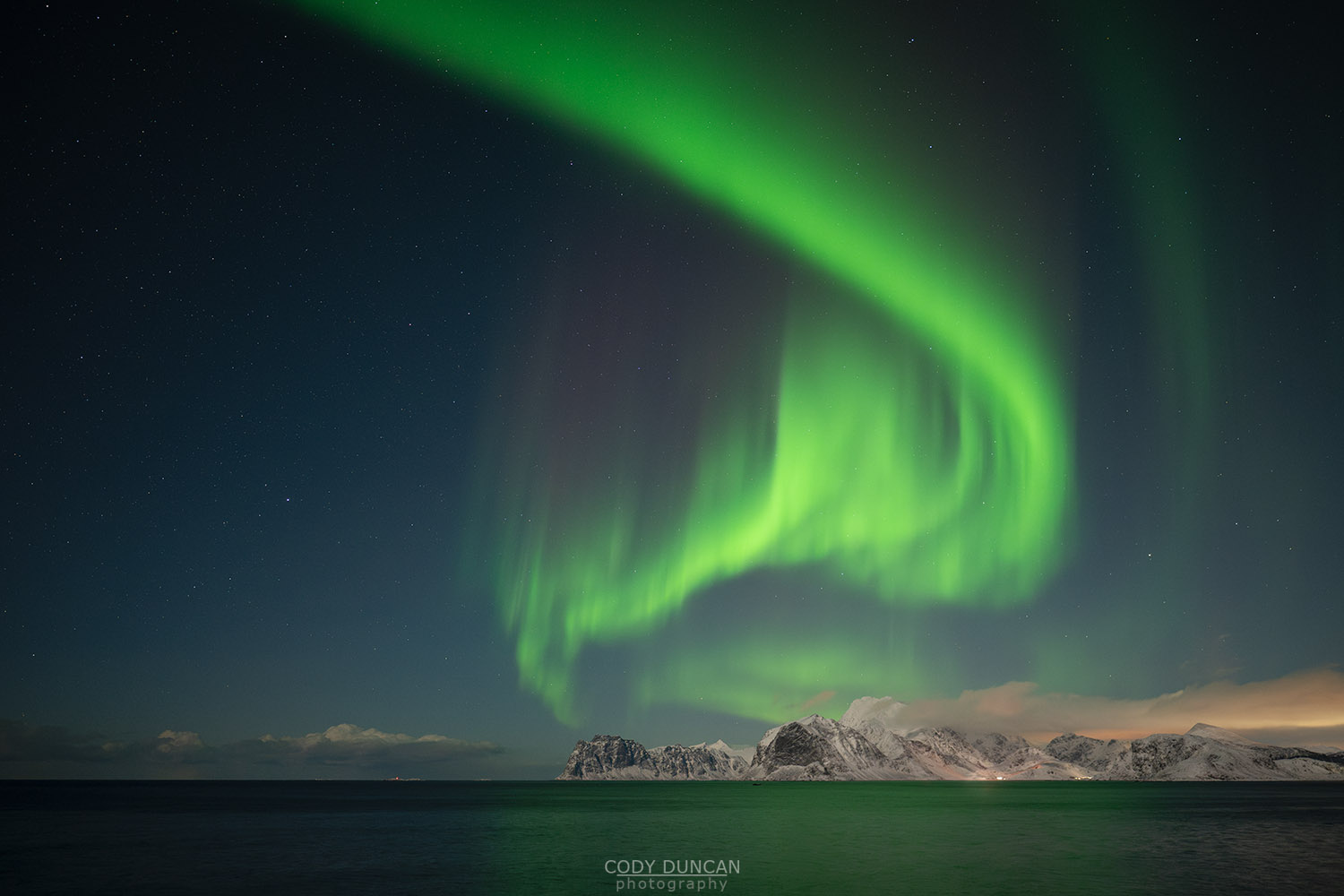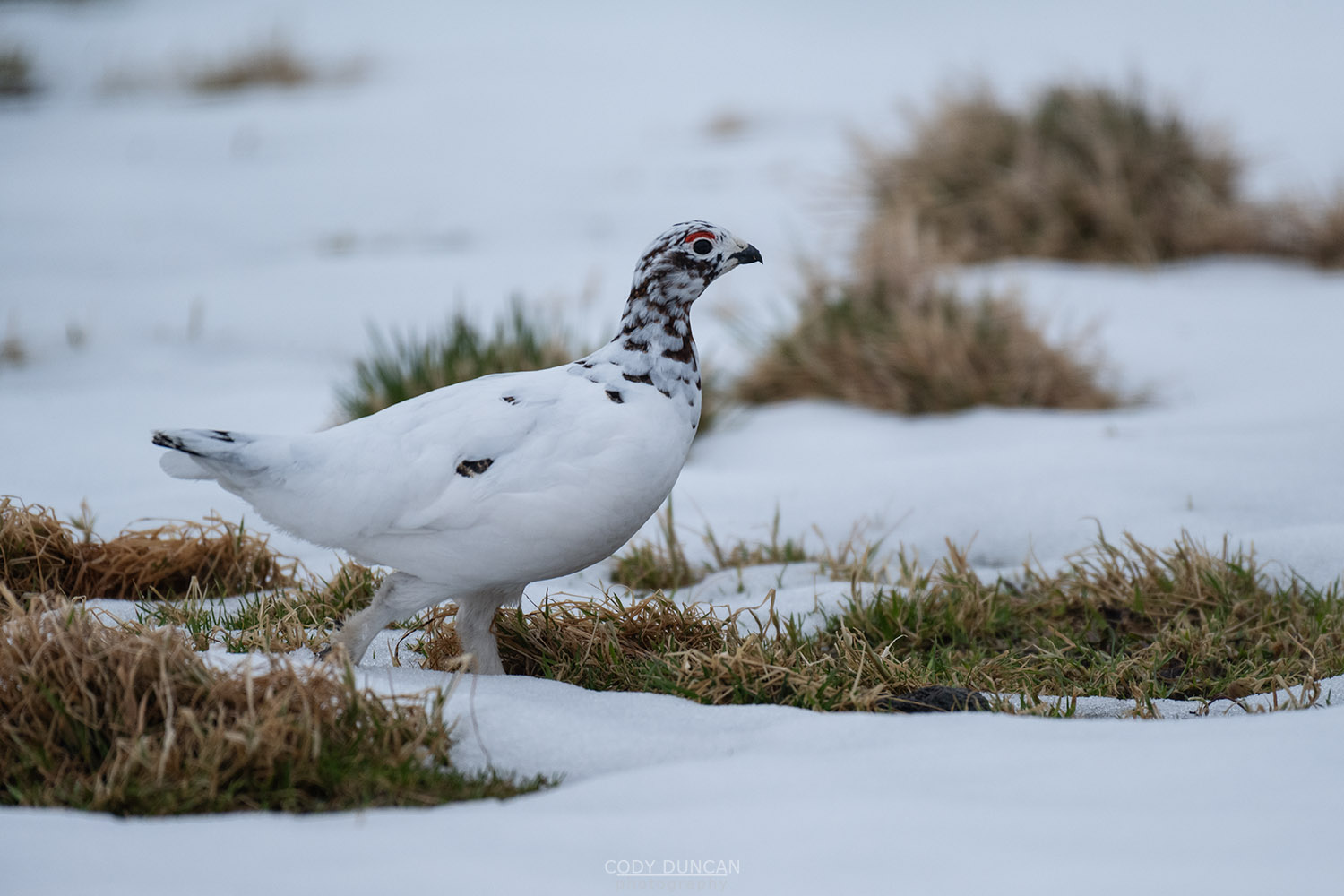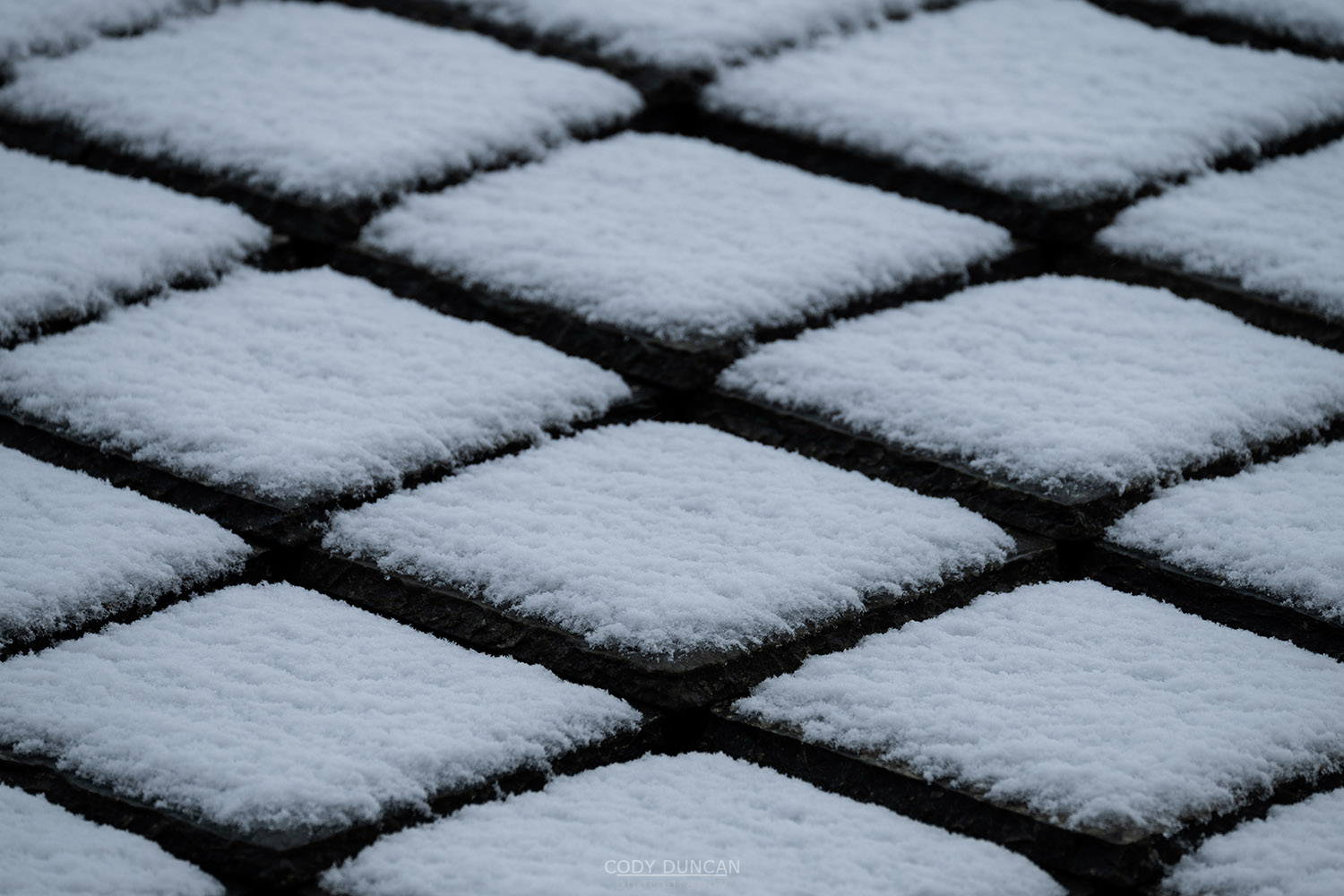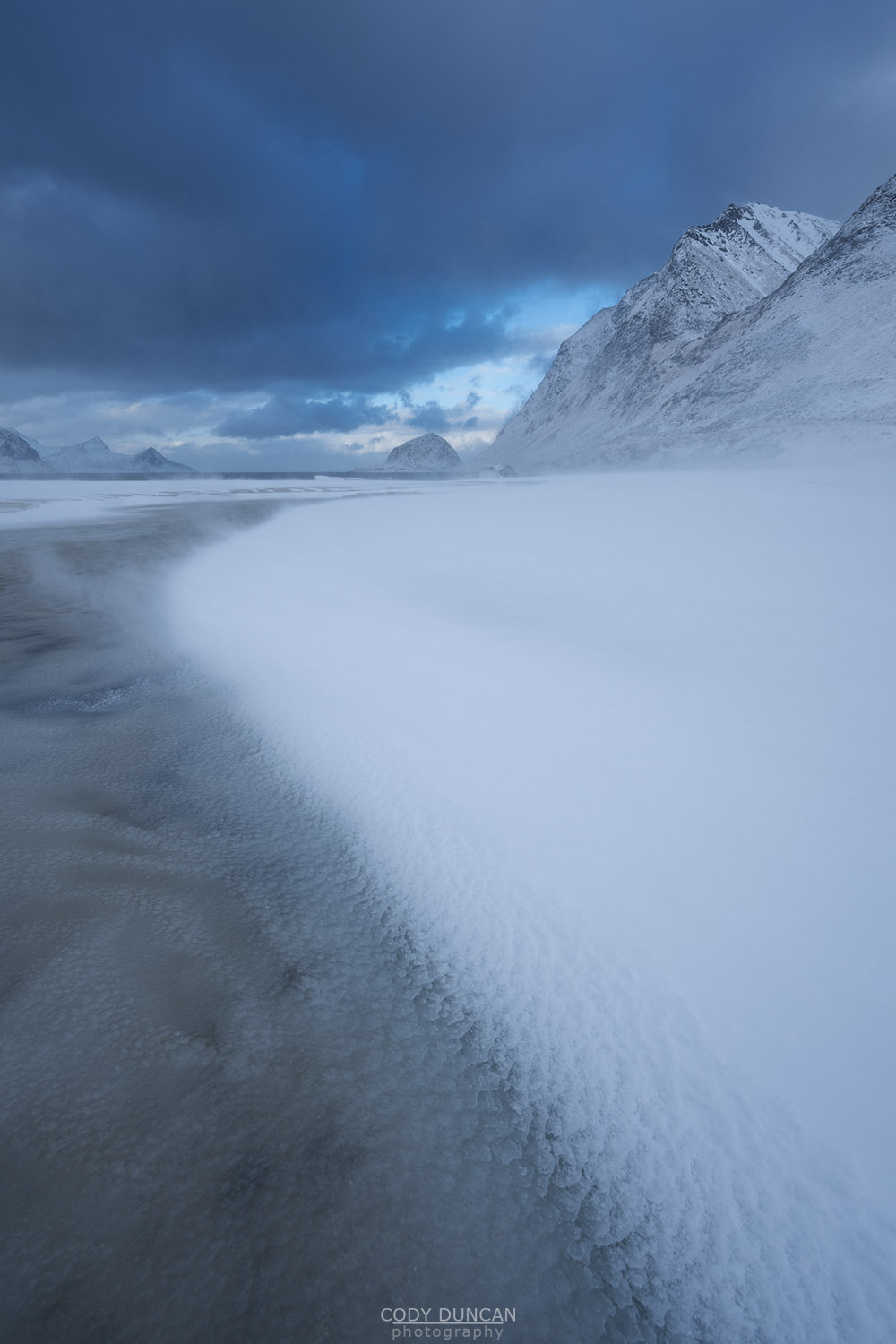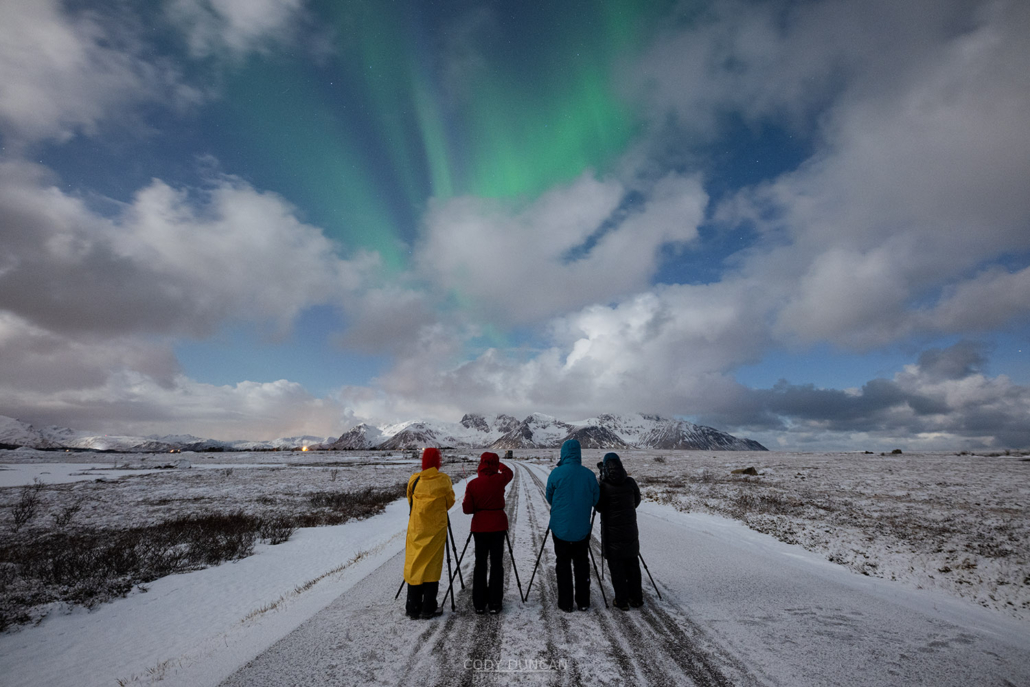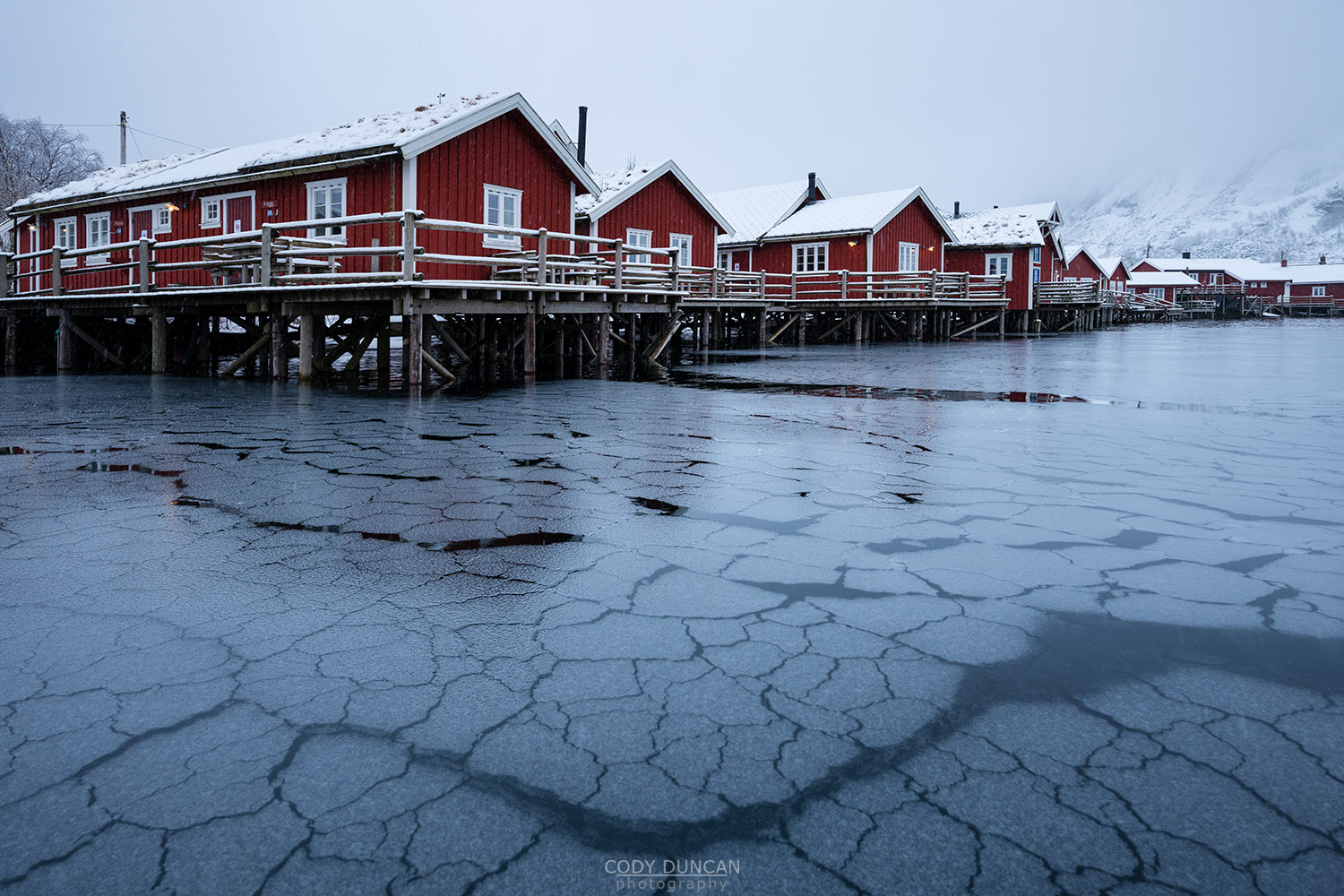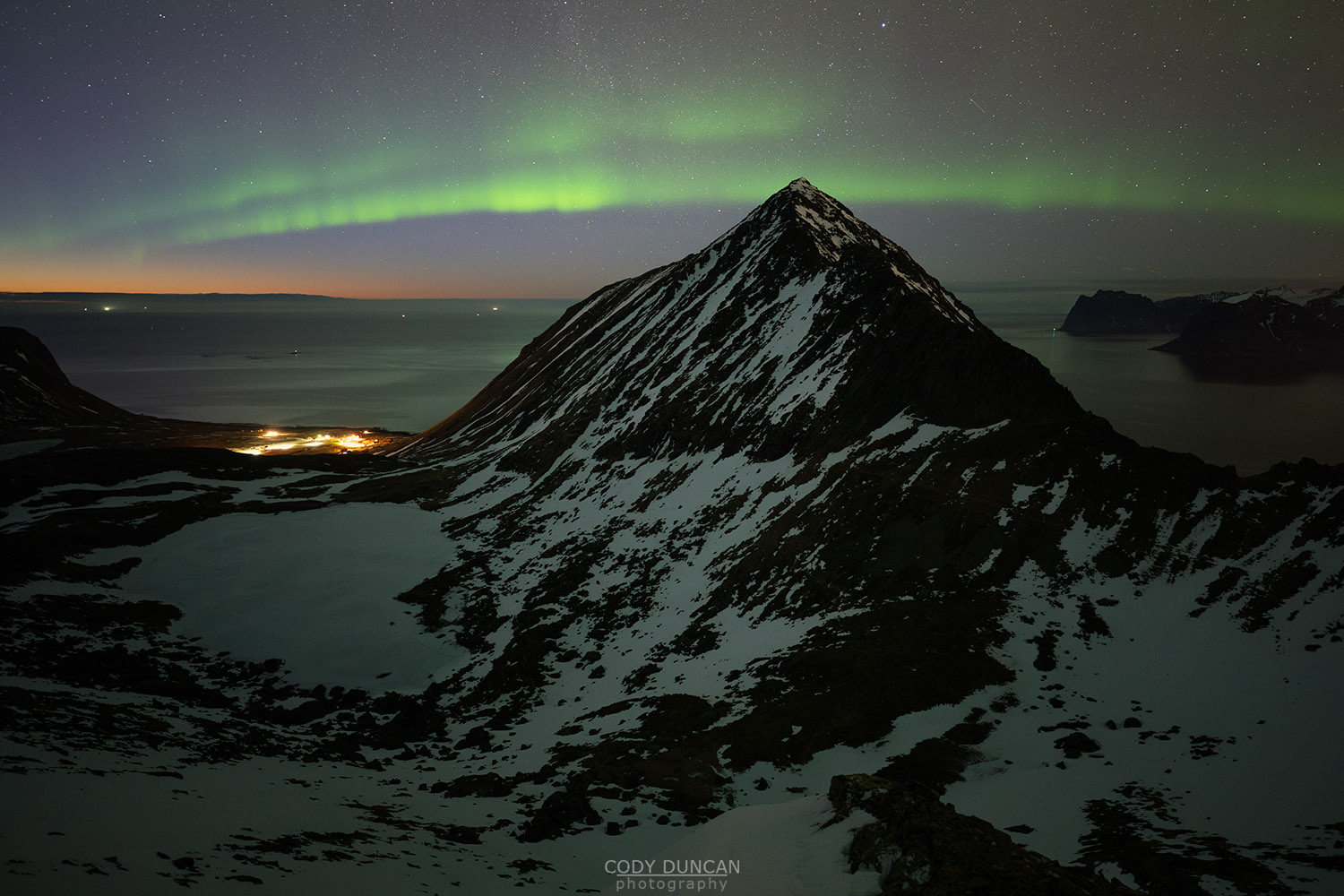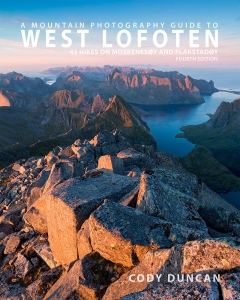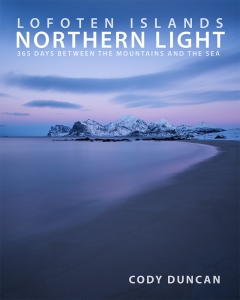Friday Photo #592 – Late Nights

Photo: Evening sun shines over Kvalvika beach, Lofotodden national park, Moskenesøy, Lofoten Islands, Norway. May 15, 2021. 22:55
Lofoten’s midnight sun season officially begins next week on May 24th. But for the whole of May, there isn’t really darkness, and in the last days before the midnight sun, it is practically daylight all night long already. Photographically, I actually prefer the weeks pre/post midnight sun, as this is when the chances for colourful twilight nights are best, while there is actually less color during the midnight sun itself, as the sun is never below the horizon.
I often use mid May to visit some of Lofoten’s more popular locations before they become too busy for my liking once summer fully arrives. One of these may trips is usually to Kvalvika beach for one of the last sunsets before summer. Maybe I camp, and maybe I just hike back out, but usually I’ll spend about 4-5 hours out there, hopefully alone in the last calm before the chaos. Although in the coming years, even in May I will probably need significant luck on my side to ever have a night alone at Kvalkiva again.
As a side night, having just returned from a long overdue trip back to California, I found an old hand drawn map for Kvalvika/Ryten in my travel journal from the summer of 2006 – when I camped alone at Kvalvika for 2 nights. The old days of limited internet info, no smart phones with GPS guided hiking apps, no social media hotspots. Guided instead by word of mouth, shared knowledge, and hand written maps. How the times have changed. And I’m not sure if I would say for the better…
Camera Info:
Nikon D850
Sigma 14mm f/1.8
14mm
ISO 31
f 16
1/4 Second
WB Daylight



